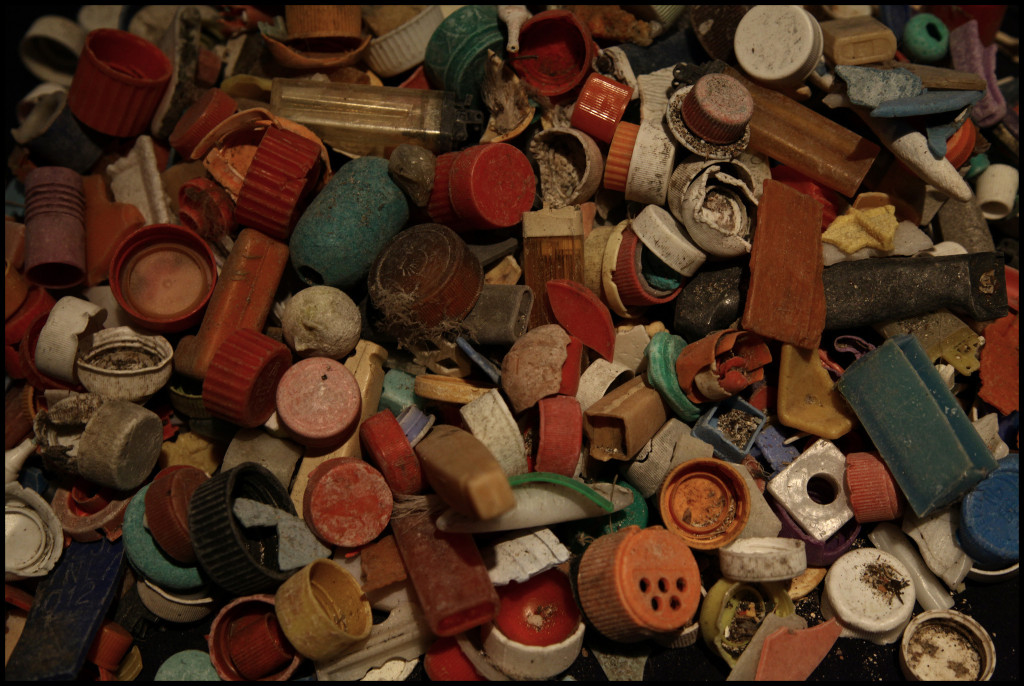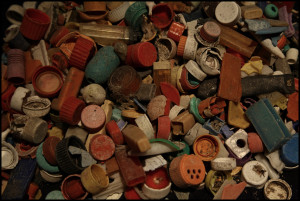
We have talked about the plastic blight – the growing presence of discarded plastic polluting our streets and our waterways. We have discussed the so-called garbage patches in the ocean, composed primarily of plastic. A new study discusses the effects of ocean plastic pollution on seabirds and the results are horrifying.
The study, published in the Proceedings of the National Academy of Sciences, found that nearly 60% of all seabird species studied worldwide have plastic in their gut.
Extrapolating to unstudied species and using a statistical model, the study estimates that more than 90% of seabirds have eaten plastic rubbish.
By comparison, a 1960 study found plastic in the stomachs of less than 5% of seabirds. However, the amount of plastic in the ocean has been increasing alarmingly over the decades. Some ocean areas contain a quarter million plastic pieces per square mile. The more plastic there is, the more that gets accidentally eaten.
Seabirds can have surprising amounts of plastic in their gut. In islands off of Australia, researchers found birds with plastics making up 8% of their body weight. For a person, this would be like having 15 pounds of plastic in your body, which is difficult to even imagine.
Seabirds are excellent indicators of ecosystem health and finding plastic in almost all of them is a major warning sign that we need to do something to clean up our act. We need to reduce the amount of plastic that goes into the ocean. Managing plastic and keeping it out of the environment is a global imperative.
**********
Web Links
Ocean plastic plague threatens seabirds
Photo, posted September 29, 2012, courtesy of Trevor Leyenhorst via Flickr.
Earth Wise is a production of WAMC Northeast Public Radio.
